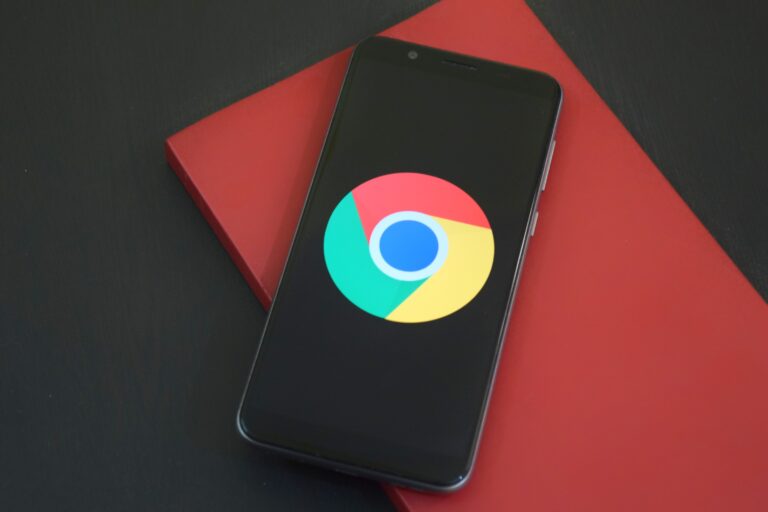When browsing the internet, you’ve almost certainly come across Yelp or TripAdvisor landing pages for very specific topics. These types of large companies with large websites seem to have a page for every query ranking at the top of the search results.
You may be wondering how. Well, that high volume of content is, quite rightly, a product of SEO. Although unnoticed by users, programmatic SEO is a core practice behind many digital marketing strategies. Especially among large companies and directory websites.
In this article, we’ll cover how programmatic SEO works and what it’s all about. In addition, we’ll detail programmatic SEO’s biggest pros and cons.
Let’s dive in!
What is Programmatic SEO?
Essentially, programmatic SEO is the process of automatically creating landing pages on a large scale to address the thousands of relevant questions users may have.
Programmatic SEO involves using code & artificial intelligence to automatically create web pages at scale. These mass-produced pages are usually designed to target longtail keywords.
How Tripadvisor Leverages Programmatic SEO
Tripadvisor is one of the most famous sites using a programmatic SEO strategy. The company is known for having a page for almost everything related to travel.
Tripadvisor uses programmatic SEO to reach each of the demands of its target audience. They have thousands of travel-related landing pages to serve almost every travel search intent imaginable. And all of these pages have the same design and content structure.
Now that we know what programmatic SEO is and how it works, let’s analyze its pros and cons.
A Realistic Overview of the Pros and Cons of Programmatic SEO
Let’s take a balanced view of the good and the bad of programmatic SEO. In any case, remember that (as with all things related to SEO) everything will depend on your website’s niche and context, as well as the resources you have available.
Programmatic SEO Pros
Programmatic SEO offers several advantages:
- It’s easily scalable
- It increases search visibility
- It has a good impact on the user experience
- It reduces your workload
- It’ll help you collect more leads
Let’s take a closer look.
-
Easily Scalable
One of the most publicized virtues of programmatic SEO is that it allows you to effortlessly create hundreds, or even thousands, of SEO-compliant pages in no time. In fact, programmatic SEO is usually as simple as building a structure and then filling it up with dynamic data.
By eliminating manual work, you can create thousands of landing pages without wasting resources. In other words, you can focus your efforts on data collection and all your pages will be ready in record time.
Zapier, for instance, has more than 250,000 pages indexed in Google through the conscious use of programmatic SEO.
-
Increased Search Visibility
This is quite straightforward. If you have many SEO-friendly pages on your site, you will be more likely to appear in the SERPs for your target keywords.
While long-tail targeted keywords have very low monthly searches, they are relatively easy to rank for. Plus, they attract visitors who are more willing to make a transaction. So, automatically creating landing pages at scale becomes a feasible way to capture as much highly-qualified traffic as possible.
-
Good Impact on the User Experience
It’s nice to find exactly what you’re looking for. If developed correctly, your programmatic SEO strategy should involve filtering through your data to find the most relevant answers to your users’ questions.
For instance, in the case of Zapier, each programmatically created page gives users a list of integrations they can use to automate their workflow. These integrations involve a tool that the user’s already using/interested in. For example, when you search for “Google Sheets automations”, one of the first search results will be Zapier’s landing page, which will give you just that: A list of potential Google Sheets automations.
When approached correctly, the specificity and relevance of programmatic pages are unbeatable.
-
It Reduces Your Workload
It’s estimated that creating 40-50 pages can take from days to weeks, when using traditional, manual processes. This is even the case for pages with highly similar content.
In the case of programmatic SEO, your production rate can reach over 1,000 pages in practically the blink of an eye. You just need the right data and a robust template.
-
You’ll Collect More Leads
Pages produced through programmatic SEO processes tend to collect more leads than regular landing pages. There are two reasons behind it:
- With programmatic SEO, you’ll rank for more keywords, which will bring you a higher volume of traffic
- Competing for highly transactional keywords will probably result in prospects engaging with your brand in a more impactful way (i.e. giving you their contact info).
The Disadvantages of Programmatic SEO
Despite its benefits, programmatic SEO has some cons as well, such as:
- Potential duplicate content issues
- Being perceived as having doorway pages on your website
- Crawl budget problems
- Penalty for thin auto generated content
- Keyword cannibalization
-
Potential Duplicate Content Issues
Programmatic SEO’s promise of high-impact landing pages at scale may lead you to cut several steps out of your content creation process. The use of very similar text fragments on several pages is a key feature of programmatic SEO. But this can cause several problems and serious indexing issues for your site.
In SEO, there are no magic solutions. You must create high-quality pages, offering unique value on each one of them.
-
Google May Flag your New Content as Doorway Pages
As much as a defect, this is a bad practice, but it’s common enough that we already associate it with programmatic SEO.
Google doesn’t love doorway pages. Why? These pages are designed to rank highly for specific search queries, taking any user to essentially the same destination, regardless of their search intent or need.
Doorway pages are terrible for the user experience. Thus, doing programmatic SEO means walking on a very thin line. However, your website should be fine as long as each page is perceived as useful and provides value for your users, instead of funneling them to a low-value page.
-
Crawl Budget Problems
There are many factors that Google considers when allocating a crawl budget for your website. In general, crawl capacity limits for newer sites are lower than for large established ones whose new content is indexed quickly.
Google decides the crawl budget for a site based on:
- The number of pages you’ve got
- Update frequency
- Page quality
- Link authority
If you are suddenly adding large numbers of pages every day, your crawl budget may be too low to get your pages indexed efficiently and effectively.
The solution is having enough authority, enough backlinks, and a solid multi channel presence.
-
Penalty for Thin or Automatically Generated Content
Another common temptation that comes with automation is producing tons of pages with thin content.
All you should focus on is creating pages that are simple to use and provide value to your users, while staying SEO-compliant. Automation, by itself, doesn’t guarantee you anything, not even high rankings.
-
Keyword Cannibalization
A website that has two or more content pieces targeting the same keywords is said to be cannibalizing itself. In this case, a search engine (like Google) may find it challenging to determine which URL to rank higher. It’s even possible that Google will penalize you for duplicating content.
If you don’t pay attention to your keyword management – in other words, if you leave it all up to programmatic SEO – you’ll have an army of pages fighting each other for rankings. And that’s no way to succeed.
SEO Is More Than Optimized Landing Pages
What is the real purpose of doing programmatic SEO? Programmatically generated pages targeting long tail keywords are primarily designed to help your customers easily find the answers they’re looking for.
That’s the goal of a good programmatic SEO strategy – and it’s no small thing. However, SEO goes much deeper than that.
Monitoring your meta descriptions, redirects, or indexing issues is a sophisticated technical task that can be time-consuming. And getting it wrong can leave you vulnerable to being outranked by your competitors, especially when you’re creating landing pages programmatically. But don’t worry, SEORadar’s got you covered.
SEORadar is a technical SEO tool that detects changes to your website before they negatively impact your ranking.
Plus, you’ll receive an alert whenever these changes occur. You can customize alerts to receive notifications of changes through your preferred method of contact. SEORadar is completely customizable and adapts to your workflow.
Don’t let an undetected change impact your SERP positioning. Start a free trial or book a demo today.








